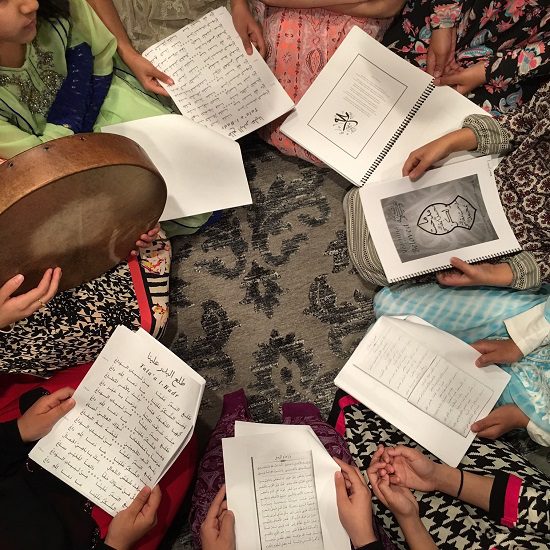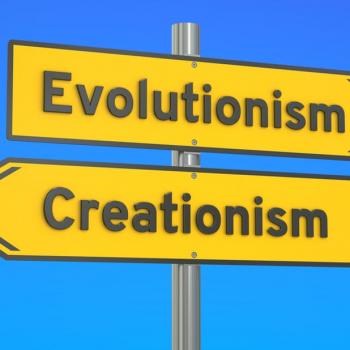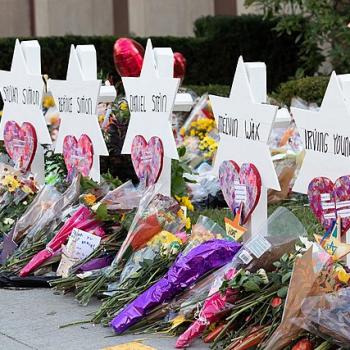 |
|
Saad Sadiq, killed in Pakistan
|
Muslims have taken a lot of grief in the world, especially in America, in the days following 9/11.They’ve been scapegoated, profiled and blamed. They, as a whole, have been held as the cause of the September 11th attacks, which killed thousands. Although there is some rationale behind this blame, the truth is a lot uglier than what initially meets the eye.
But what people forget is that it’s only a small faction of Muslims that can be held accountable for terrorism. And most importantly, what people forget is that many Muslims are victims of terrorism, too.
I know this firsthand. I never thought that I would find myself losing a loved one to terror. But it happened, even as I sat in my cushy California townhouse. Yesterday morning, I woke up to a phone call that nobody wants to wake up to. My first cousin was killed in the Rawalpindi blasts.
Indeed, self-proclaimed “Muslims” stormed a protected and heavily fortified Army mosque in a residential area on Parade Lane in Rawalpindi. They scaled walls using ladders and threw hand grenades into the crowd of worshipers, men and women. There were gunmen and suicide bombers. The gunmen grabbed people by the hair and shot them at close range. The suicide bombers blew their vests up, in their ever-eternal search for supposed martyrdom.
Maybe in their created and distorted version of Islam, they will be martyrs. Perhaps their anti-social rhetoric speaks with grandiose of the merits of their heinous acts. But that’s all it is, rhetoric. And their Islam- a figment of their own distorted realities. In their limited comprehension, they believe they will be martyrs, but in the religion of maintream Islam, such people can never be martyrs.
So who were the real martyrs?
Let’s put a face on the carnage of terror, shall we? Saad Sadiq, an eighteen year old boy, three months shy of his nineteenth birthday.
Everyone speaks highly of loved ones once they are gone but Saad was truly one of a kind. People spoke highly of him even when he was alive. The second youngest in his tiny batch of maternal cousins, he was the family “yes man.” He never said no to anyone, no matter how absurd the command. He was an uncle to the five children of his older cousins, playing hide-and-seek with them and taking care of them so that their mothers, his cousins, could take much needed rest.
He was a younger brother to Namrah and Shahzad, both students of medicine.
Saad was not what the Middle America pictures as a “Pakistani Muslim” kid, with the slippers and white garb. Indeed, when he came to Canada or America, it would be hard to tell him apart from the Pakistani kids that were born here, with his Nike clothes, gelled hair and perfect English. He loved music and comic book movies, just like any American, Canadian or British kid his age. He was educated and came from an educated family. His parents were respected and published surgeons, his siblings future doctors.
No, he was not an illiterate, uneducated rural Pakistani boy.
“It’s unbelievable” Shahzad said, “simply unbelievable.”
Despite the family’s pain, Shahzad and his sister have taken on the task of preserving their brother’s memory. It was 23 year old Shahzad who brought his brother home from the morgue, with their eldest cousin, Bilal.
Shahzad was praying at a different mosque that day. He failed to believe in the safety of the heavily fortified Parade Lane Mosque.
“The Army mosque is a target,” he said, “it’s the first place anyone would hit. It’s the only Army mosque in the area. But there are plenty of civilian mosques, so nobody’s going to attack those. They’ll attack the Army one first.”
He was right.
Saad’s father, Retired Brigadier Mohammad Sadiq is well known as a jolly man, overly expressive and loving, always singing and laughing, lovingly glued to the side of any babies or toddlers in his presence. But in his grief, he is just as expressive, sobbing “my son is gone, my son is no more!”
Brig. Sadiq escaped that day with wounds to his back and leg. Those wounds will heal. But the wounds that can’t heal are the ones that were created the minute he saw his son’s feet under a sheet at the morgue.
He knew it was his son by looking at his feet.
According to Brig. Sadiq, the gunmen didn’t even look like civilized humans.
“They looked like bushmen,” Brig. Sadiq says. And while devout Muslims never enter a mosque without bathing and purifying themselves, these men were dirty and unkept, with items stuck in their gnarled beards.
Saad was not killed at any venue deemed “unholy” by these self-righteous religious police. He was killed by a mortar shell at Friday prayer. He was killed at the mosque.
In Saad’s case, the people who are suffering at the hands of Muslim militants are Muslims, themselves. It’s his Muslim family, in Pakistan, in Canada and in America.
And these acts weren’t committed at a U.S. Federal building, or at a Jewish synagogue or at a Christian church. They were committed at a Muslim sanctuary during the Friday prayer- essentially the Muslim holy day. These acts were committed by so-called Muslims and they were meant to kill only Muslims.
Americans need to understand that there is no war between Islam and the West. The war is narrower than that and we need to stop painting these issues with such large brushstrokes. It’s a war between uneducated fundamentalist Muslims and the rest of the world, which incidentally, encompasses the non-fundamentalist Muslims.
So in this “war” that Al-Qaida and the Taliban have waged, keep in mind that the mainstream Muslim isn’t spared.
On December 4th of 2009, a handful of men set foot into a guarded mosque in a residential compund, with grand aspirations of becoming martyrs within the hour. The joke’s on them, as they wake up in their sweaty and blistering “paradise”. Martyrs are immortal. These men are nameless and will never be remembered. But it’s their victims that became the martyrs on December 4th. It’s young men like Saad that leave a legacy behind.
Maryam is a lawyer and published writer currently living in the San Francisco area with her husband and daughter. She earned her law degree at the University of Ottawa, and is in the process of obtaining her Masters of Law in Taxation. She has authored several articles, including legal and tax articles published by Thomson Reuters. This article was previously published on her blog and is reprinted by permission.











